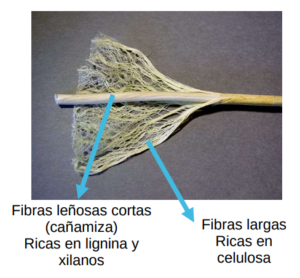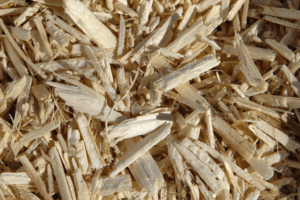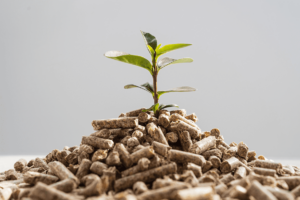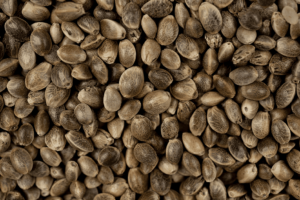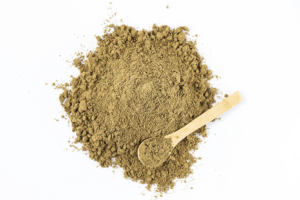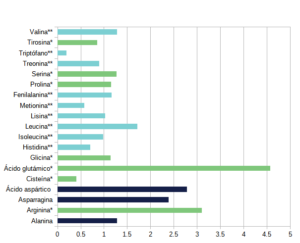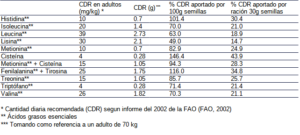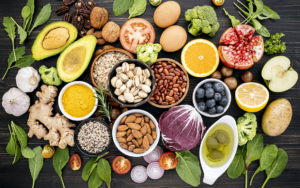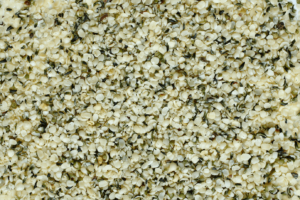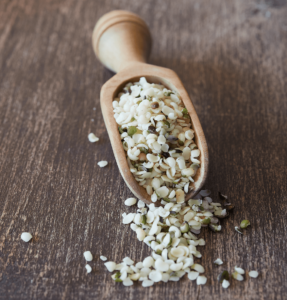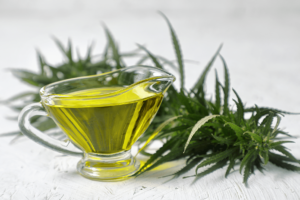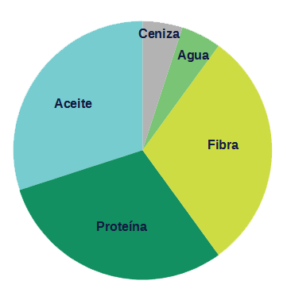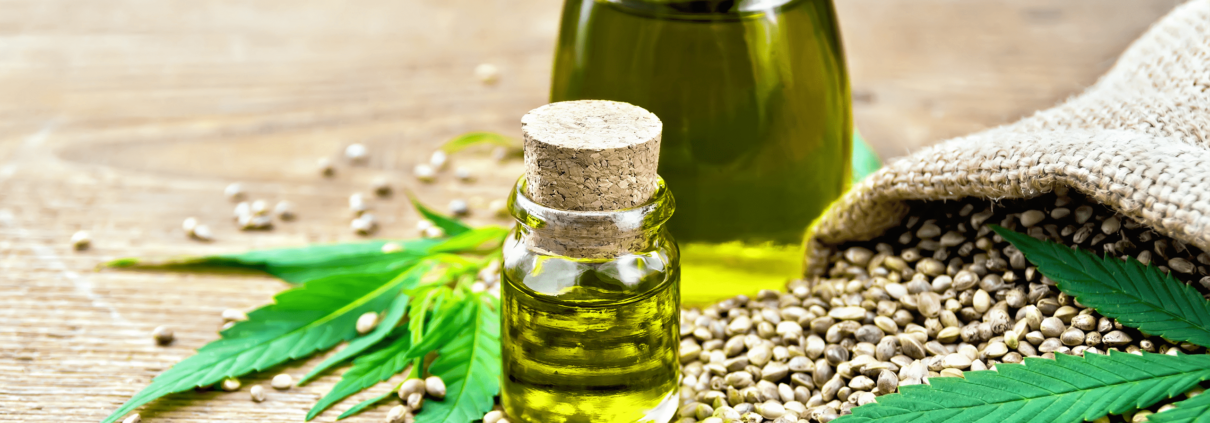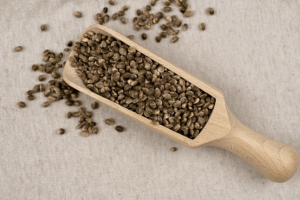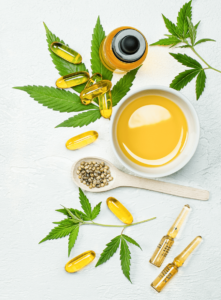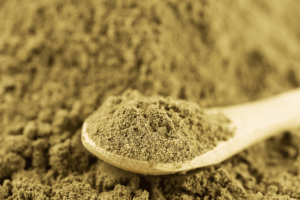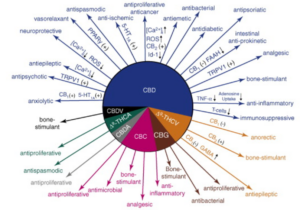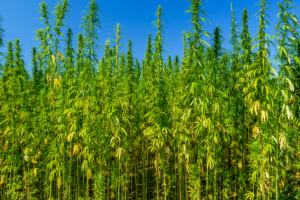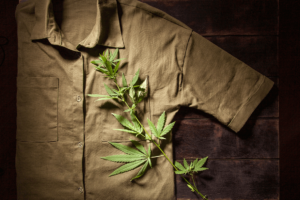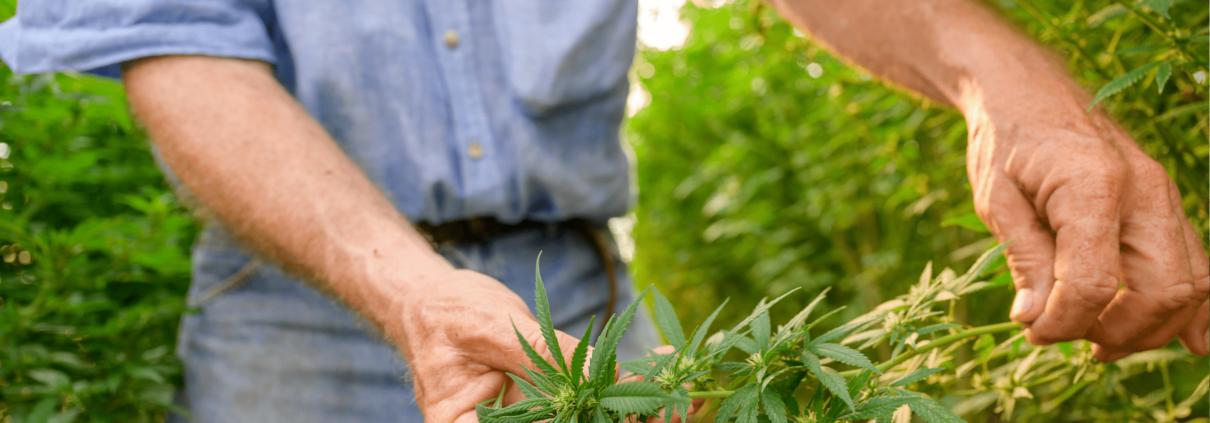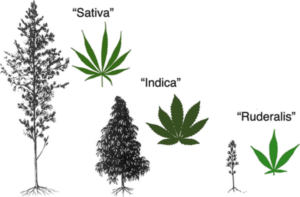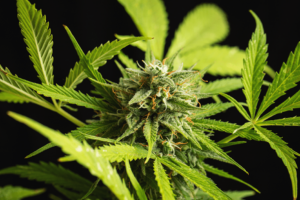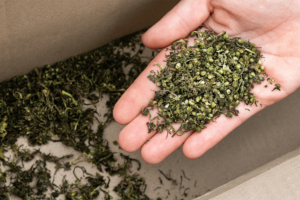Hemp as a source of textile fiber
Long fibers are very valuable in textile industry. Their differential processing will lead us to obtain threads and tissues with a wide range of qualities, from very resistant ones for rigging, sailing, sacks, nets, burlap, espadrilles,… even thinner threads and tissues with great resistance and breathability properties, which make them ideal either for working clothes, conventional clothes, or high fashion.
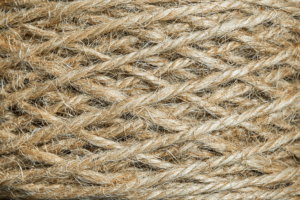
In the action plan about circular economy of 2020, the European Commission identified textiles as a priority because of their significant perspectives for circularity. The action plan recognizes that “textiles are the fourth category for the use of primary raw material and water, after food, housing and transport; and the fifth one for greenhouse effect gas emissions”; besides the impact for the use of chemical products during their production and for the way they are wasted after their use (EEA, 2021; EC, s.f.).
Hemp represents a most respectful textile source with the environment, more than other fibers used nowadays.
It is more respectful than other natural fibers such as cotton, because of its lower hydric and phytosanitary requirements during cultivation.
In comparison with synthetic fibers, natural fibers as hemp, generate less impact because they do not come from a fossil source, contributing this way to not generating so much plastic waste and minimizing the emission both of greenhouse gasses and contaminant gasses.
Approximately between 200,000 and 500,000 tons of microplastic textile fibers come into the marine environment each year (Sherrington, 2016; Ellen MacArthur Foundation, 2017).
The problem of the plastic waste is not only their long half life until they finish their complete biodegradation process, but also their early transformation into microplastics, that due to their small size, are integrated into all the ecosystems and at all the levels of the trophic chain, triggering an important, both environmental and human, health problem.

Microplastics are peeled of the synthetic textiles throughout their life cycle: from the initial fiber and fabric manufacture, through the use and laundry, to their final disposal place ( landfill, incineration, or recycling processes). Approximately between 200,000 and 500,000 tons of microplastic textile fibers come into the marine environment each year (Sherrington, 2016; Fundación Ellen MacArthur, 2017).
But even with this clear benefit of the natural fibers over the synthetic ones, there is a need to consider that natural fibers use arable lands, decreasing the space for food crops. Thus, indiscriminate use of land to produce textiles is not a sustainable option either.
In this way, hemp represents a lower impact option for the environment than other natural fiber crops used to produce textiles, as it could be the case of cotton.
The reasons are related to:
- the possibility of exploiting all the parts of the plant
- hemp polyvalence, which could be intended to use each part in various industrial purposes
- and the natural rusticity of hemp, which could be adapted to varied and difficult climate conditions as well as posses natural resistence to plagues and illnesses, limiting the use of phytosanitary products.
References
European Environment Agency, Published on 28 Jan 2021, Briefing no. 25/2020 Title: Plastic in textiles: towards a circular economy for synthetic textiles in Europe HTML – TH-AM-20-021-EN-Q – ISBN 978-92-9480-304-7 – ISSN 2467-3196 – doi: 10.2800/661804 PDF – TH-AM-20-021-EN-N – ISBN 978-92-9480-305-4 – ISSN 2467-3196 – doi: 10.2800/555165.
European Comission, s.f. A European Green Deal. https://ec.europa.eu/info/strategy/priorities-2019-2024/european-green-deal_en.
Sherrington C. Plastics in the Marine Environment. Eunomia Research & Consulting Ltd (2016), p. 13



